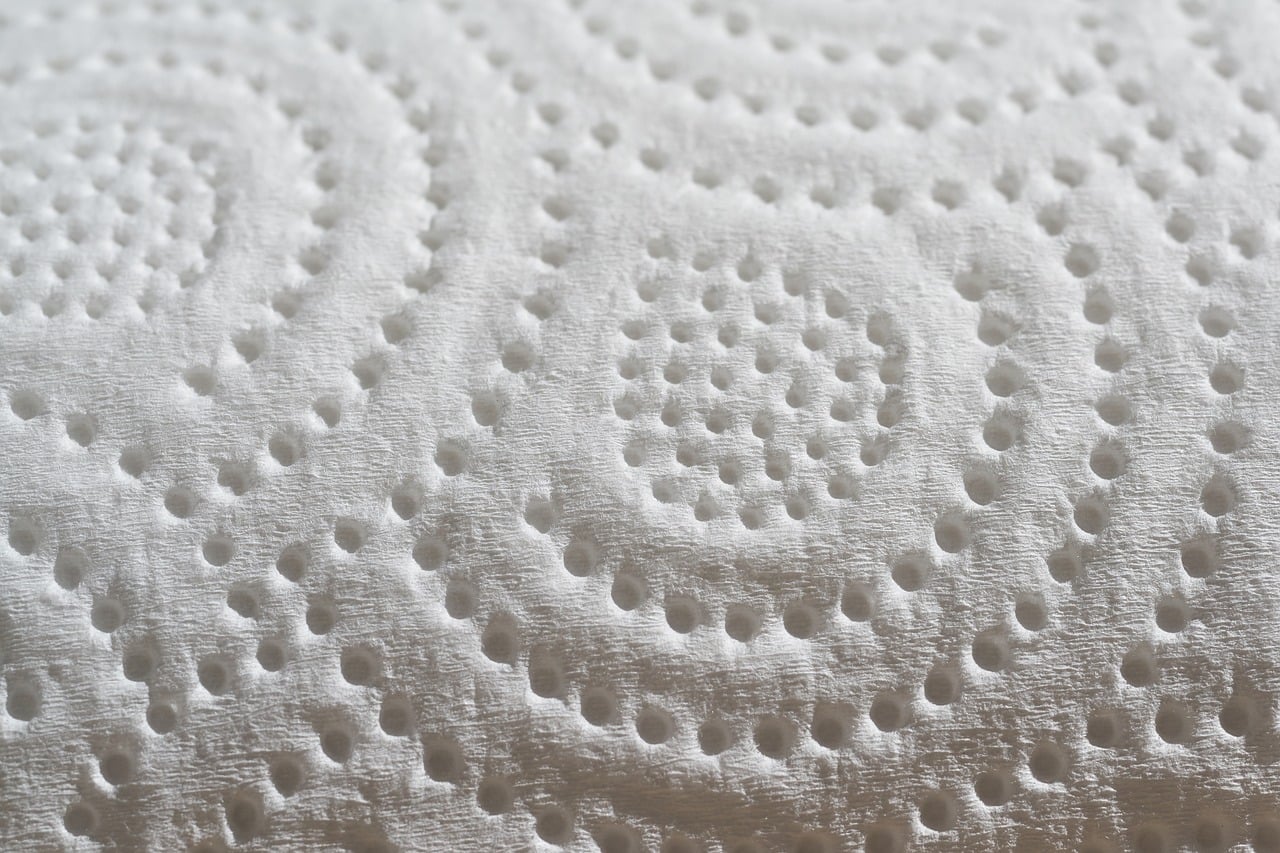Researchers from two major U.S. universities are at the forefront of research into wearable sensors. This month teams from the University of Washington and Northwestern University both revealed the sensors they developed. Aside from the technology itself, there’s also something particularly surprising about one of them.
University of Washington researchers revealed that they’ve turned tissue paper into inexpensive wearable sensors. They published details about the technology they developed last month in the journal Advanced Materials Technologies.
Their wearable sensors are disposable because they’re made out of tissue paper that’s similar to toilet paper or paper towels. When the Band-Aid-sized product is broken, it becomes a sensor that’s able to detect a variety of different things, from the wearer’s heartbeat, to their finger movement, eye movement, and other thing.
The researchers who developed the wearable sensors say they could be used for things such as keeping track of someone’s gait or tracking the way someone with special needs walks while they’re still at home so they don’t have to visit a medical facility. The sensors could be used to track eye movement in order to gauge the function of their brains or even to track an athlete’s movements. The researchers also suggest that their wearable sensors could be used with seniors who are undergoing occupational therapy.
The wearable sensors developed by University of Washington researchers explain in their paper that to create the sensors, they soaked paper towels with water that was laced with carbon nanotubes which conduct electricity. The fibers run vertically and horizontally, and the direction in which the sensor is torn not only activates it but also provides input on what to track. Then after a single use, the wearable sensors can be thrown away because they’re very inexpensive to make.
Researchers from Northwestern University created their own wearable sensors that are also about the size of a Band-Aid, but they’re designed for a more specialized use: monitoring a patient’s recovery from a stroke. The research team presented their technology at the annual meeting of the American Association for the Advancement of Science this past week. Their sensors are not only wearable, but they can also stretch and move with the patient.
The wearable sensors from the Northwestern team are placed on the patient’s throat, and they measure the person’s speech patterns and ability to swallow, the university explained in an article. In addition to applications in stroke recovery, the researchers said they can assist speech pathologists with diagnosing and treating aphasia, a speech problem that often goes hand-in-hand with strokes.
The researchers state that their sensor is better in the treatment of aphasia than microphones because they’re able to tell the different between the voice of the patient and other noise that happens to be around them. The wearable sensors do that through detection of the vocal cords’ vibrations, and they must be worn directly on the patient’s throat. Because the throat is a very sensitive part of the body, the researchers came up with new materials designed to stretch and bend with minimal discomfort.





